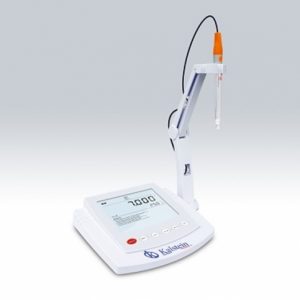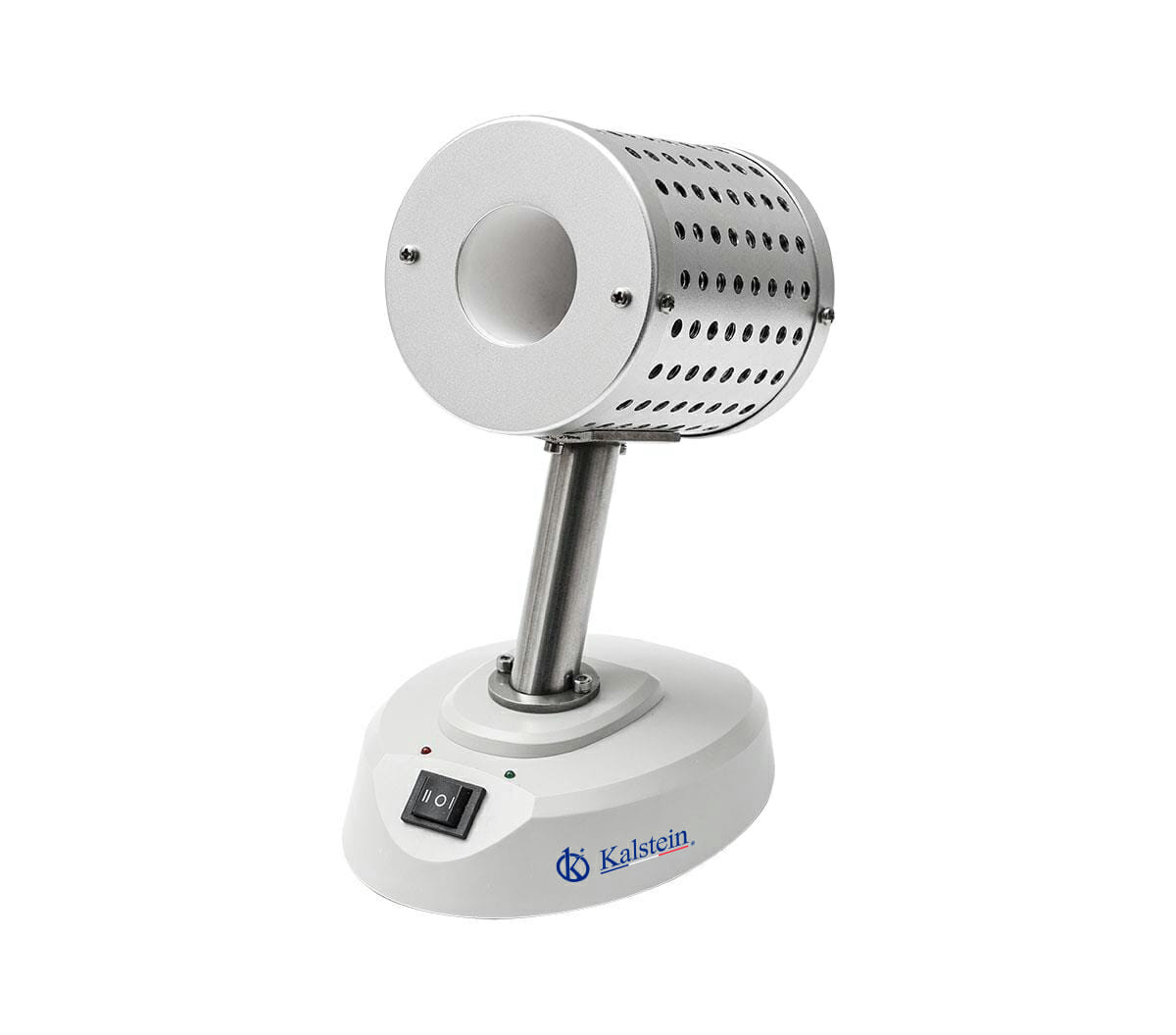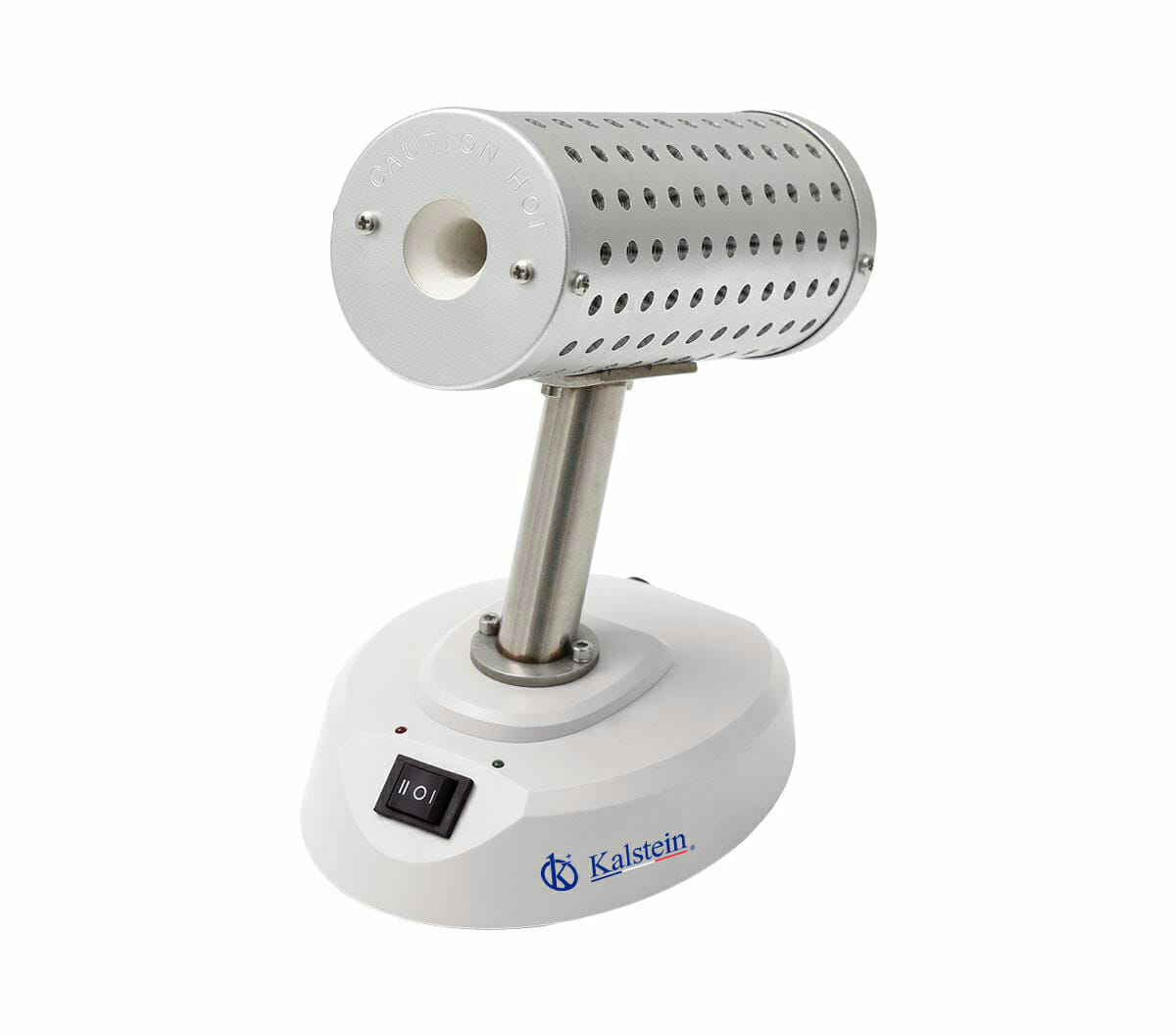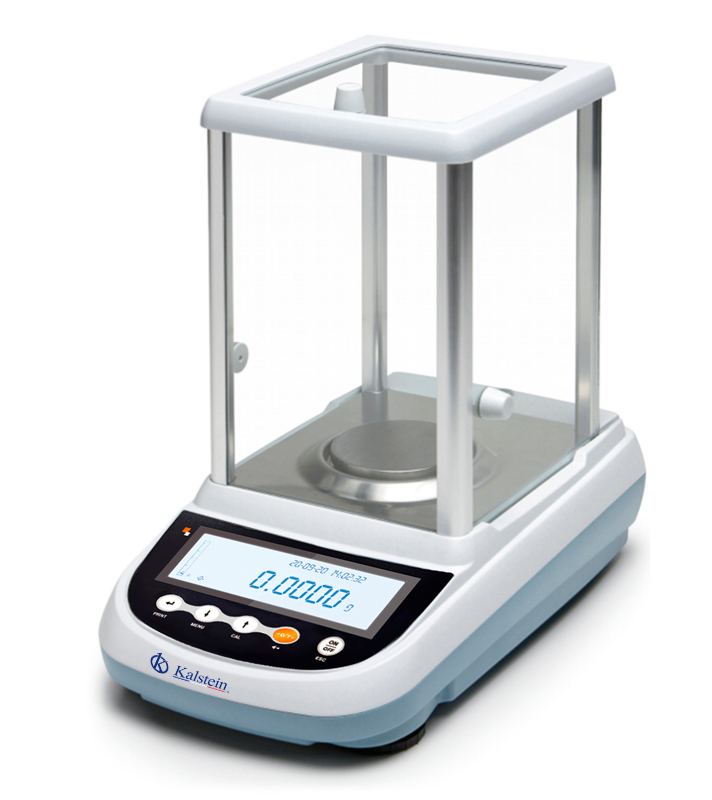Dissolved Oxygen (DO) is a measure of the amount of oxygen that is distributed in a system. Measurements are usually taken in water using an DO probe and meter. When measuring dissolved oxygen in the laboratory or in the field, it should be considered which type of DO technology is most suitable for use.
Measurement of dissolved oxygen is essential in fermentation and cell culture to ensure optimal conditions for the cell, as low levels of oxygen concentration can affect growth rate, nutrient absorption, cell morphology and metabolism syntheses; this is equivalent to a decrease in the quality of the final product. This is in the field of pharmacology.
Oxygen meters are also used to measure and monitor the oxygen content at various points in the water circuit of steam boiler installations, in order to avoid corrosion of metals caused by the oxidizing power of oxygen. Among other uses, there is the care of aquatic ecosystems and more.
Current analytical equipment generally uses two types of dissolved oxygen sensors: electrochemical and optical.
Optical sensors measure under the principle of extinction of fluorescence. A luminophore that is part of the membrane is excited by the light of a blue LED, emitting a red light. The oxygen dissolved in the sample turns off the excitation. In cases where oxygen is not present, the lifespan and signal are the best. Luminescence intensity and lifetime are inversely proportional to the amount of oxygen present. Luminescence duration and intensity are measured with a photodetector and used to calculate the dissolved oxygen concentration.
As for electrochemical sensors, a thin and permeable membrane isolates the elements of the water sensor. Oxygen that passes through the membrane is reduced by creating a current that the meter converts into a measurement of the oxygen concentration.
What type of dissolved oxygen meter should be chosen?
Optical technology OD.
Advantages.
- No waiting time is required before measurement (polarographic sensor polarization).
- It does not require a minimum flow rate, so there is less deviation in its readings.
- It is not consumable, so it is not necessary to provide a sample flow/continuous stirring, as in the case of the electrochemical sensor.
- No membrane or filling solution required, reducing maintenance costs over the lifetime of the probe.
Disadvantages.
- Higher initial investment than traditional electrochemical sensors.
- Response time may be slower.
In order to know the correct measurement method, the required maintenance, the costs and the measurement process must be considered.
At Kalstein we are MANUFACTURERS and we provide at your disposal a new dissolved oxygen meter at the best PRICE on the market. We invite you to take a look at the “Products” menu. HERE




